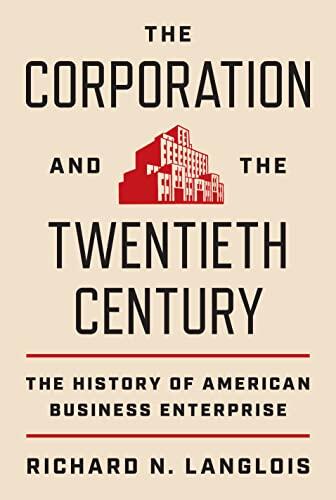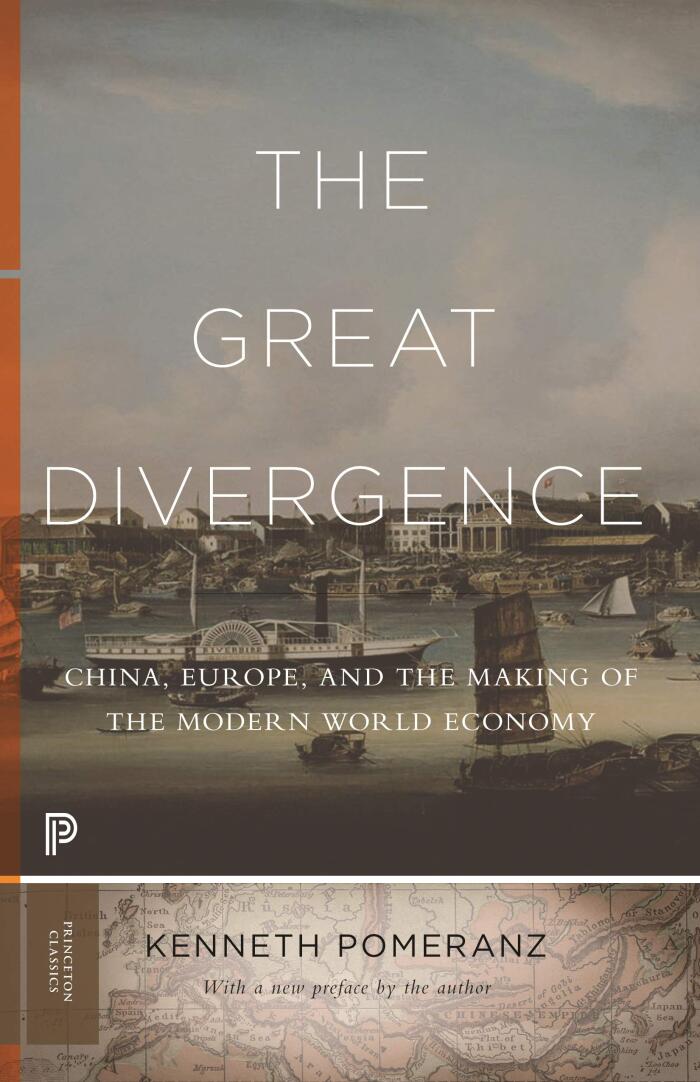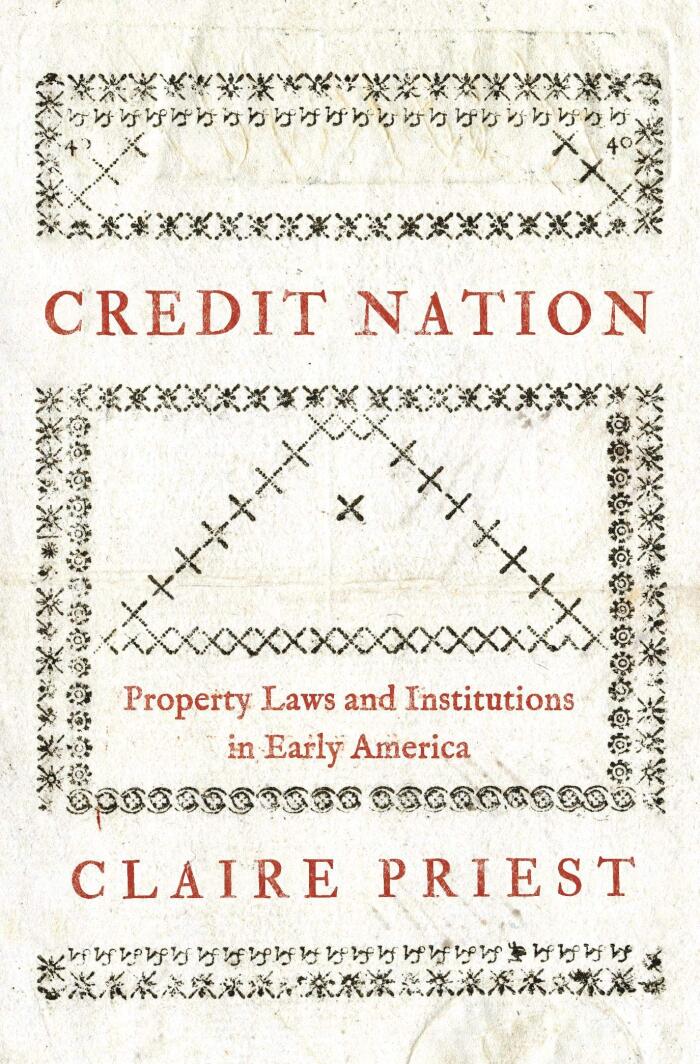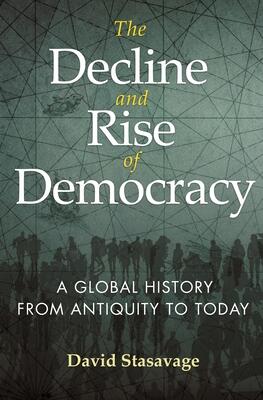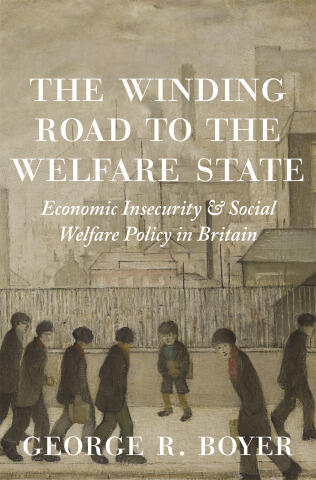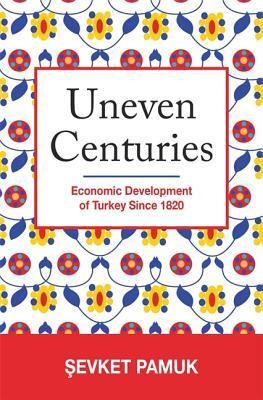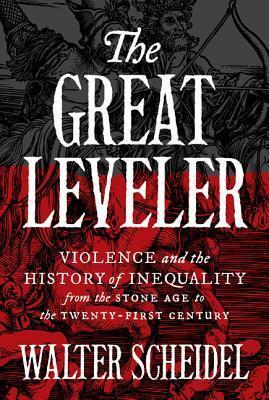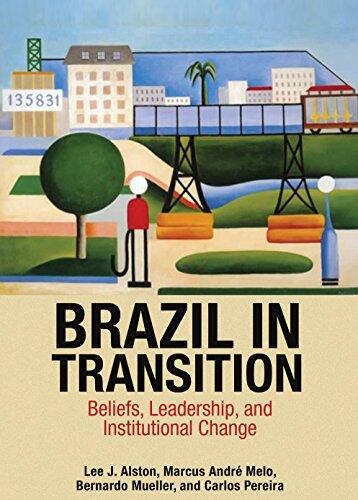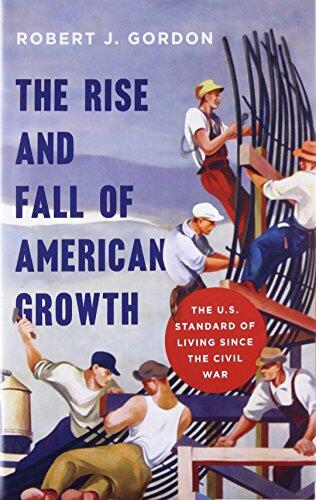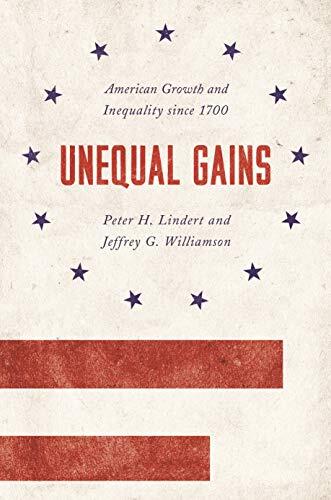
Unequal Gains: American Growth and Inequality since 1700
还没有评分
Action & Adventure
Science & Technology
History
+1
more
格式
精装书
页数
424
语言
英语
已发布
Apr 19, 2016
出版商
Princeton University Press
ISBN-10
0691170495
ISBN-13
9780691170497
描述
This book delves into the intricate evolution of the American economy and its relationship with social inequality from as early as 1700. Through a meticulously researched narrative, the authors provide fresh insights into how economic growth has not only propelled the nation forward but has also contributed to widening disparities among its population.
Peter H. Lindert and Jeffrey G. Williamson challenge conventional perspectives, arguing that the benefits of economic advancement have often been unevenly distributed. Their analysis spans centuries, revealing patterns and trends that define America's economic landscape and its impact on different social classes. The narrative invites readers to reconsider the implications of growth, examining how prosperity in certain sectors has sometimes come at the cost of equity.
With a blend of historical context and quantitative analysis, the authors effectively illustrate the dynamic interplay between wealth accumulation and inequality. Readers are presented with a thought-provoking exploration of crucial events and policies that have shaped the economic trajectory of the country.
This work not only engages with historical data but also prompts contemporary discussions about the future of American economic policy. It encourages an understanding of the persistent challenges related to inequality, ultimately shedding light on what historical trends can teach current and future generations about achieving a more equitable society.
Peter H. Lindert and Jeffrey G. Williamson challenge conventional perspectives, arguing that the benefits of economic advancement have often been unevenly distributed. Their analysis spans centuries, revealing patterns and trends that define America's economic landscape and its impact on different social classes. The narrative invites readers to reconsider the implications of growth, examining how prosperity in certain sectors has sometimes come at the cost of equity.
With a blend of historical context and quantitative analysis, the authors effectively illustrate the dynamic interplay between wealth accumulation and inequality. Readers are presented with a thought-provoking exploration of crucial events and policies that have shaped the economic trajectory of the country.
This work not only engages with historical data but also prompts contemporary discussions about the future of American economic policy. It encourages an understanding of the persistent challenges related to inequality, ultimately shedding light on what historical trends can teach current and future generations about achieving a more equitable society.

